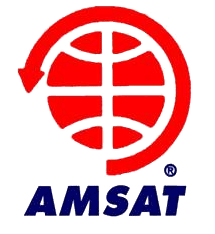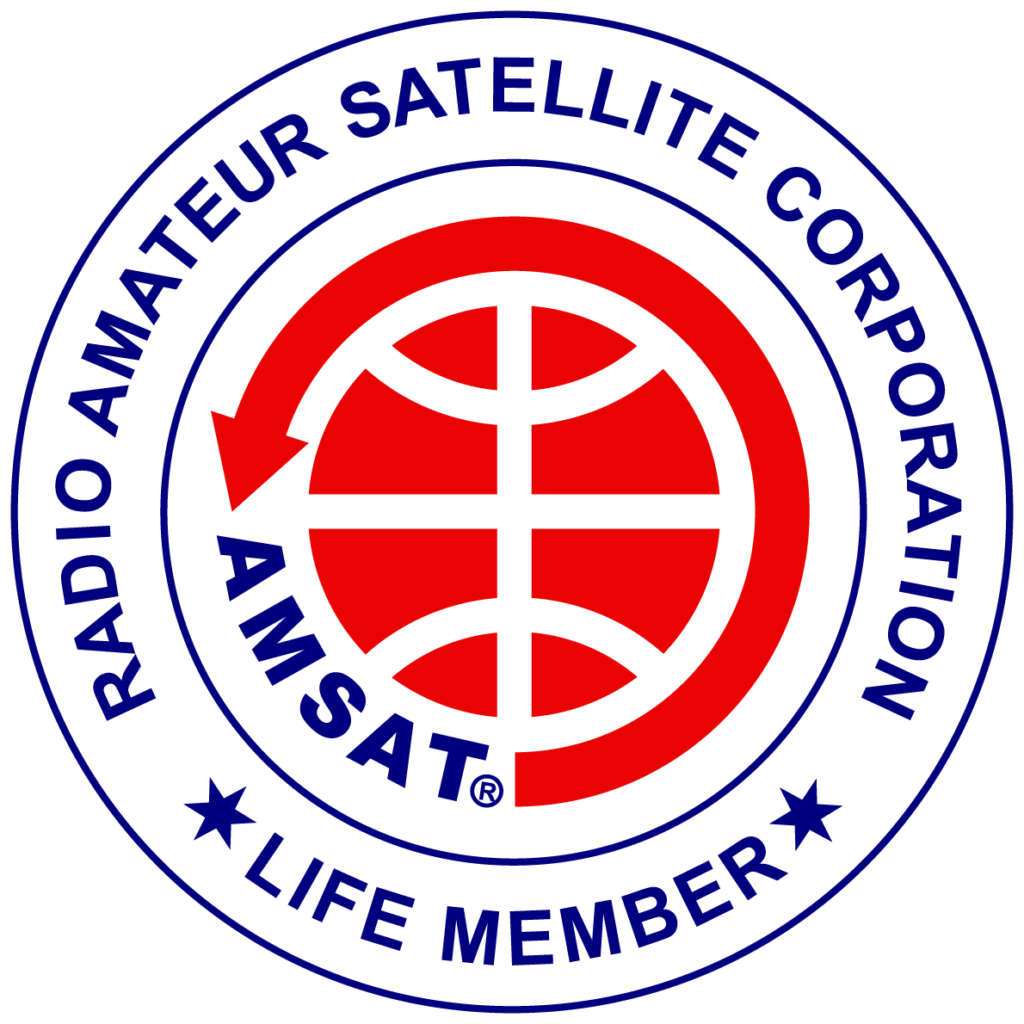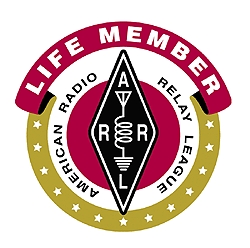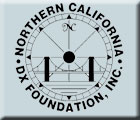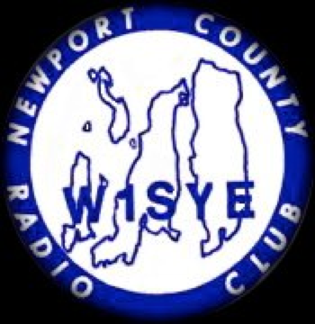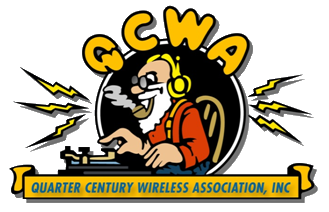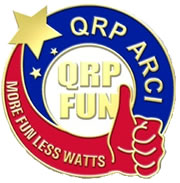My club, Newport County Radio Club, has been teetering back and forth between being the largest or second largest club in the state. This year we decided that we wanted to undertake a plan of serious growth, to clearly distinguish ourselves as the largest club in the state. Our club had a long history of offering VE sessions, but it was rare for someone who passed the exam to join us despite some attempts at marketing the club. They simply got their license and disappeared. And with the general population of the state in decline, and the ham population in particular, finding existing hams seemed to be a stretch. The best approach seemed to be to grow our own, but in a holistic way. To that end we developed the following list of action items:
- Rework our website to make updates simple and allow many authors rather than a single web-master.
- Endeavor to have an interesting program at each of our regular meetings.
- Begin teaching Technician Classes again
- Recruit new members from the classes
- Assign each new member a mentor
- Engage new members in activities as quickly as possible.
The first two items were the easiest, and by the end of last year we had accomplished both. On April 1st we offered our first Technician Class in quite a number of years. As the cost of teaching materials had risen ($20 to $30 per student), the club decided to offset the cost of the materials by charging the student $10. This way the cost was not a barrier but the students still had some skin in the game. Our class was marketed to the various EMA agencies and public service groups in our region.
When April 1st came around, we had 13 students enrolled. With classes set to run six sessions from 7 PM until 9 PM (a couple lasted until 9:30 PM), we were able to cover all the Technician Class material. In addition to the “teaching” aspect, the students had a chance to see and answer (as a group) ever single one of the Technician Class questions. As homework, they were asked to read the next sections of the book and to begin taking online exams.
Several weeks into the class we announced the second part of our plan. Students that passed the exam and agreed to join NCRC for two years would be offered a “free” dual-band HT, pre-programmed with various local repeaters (with W1SYE, our own repeater, in slot #1 of course!). While the Yacomwood seem to have established price points of HTs at $150 (2m only), $300, or $600 depending on features, several Chinese vendors offer their HTs for $40 to $100. In the end, the cost of the HT we chose was more than covered by the dues that were brought in.
The HTs will be delivered to the students on Field Day after they attend a live training class on operating practices and the use and programming of their new HT. Of course they will be trained on the operation of the GOTA station and encouraged to participate in that activity, as well as join the club at our picnic dinner during FD.
Our exam was this past Monday. After hearing from the state SM about the dismal pass-fail rate of a recent VE session, I was pleased when 9 of 11 students passed the exam. All 9 immediately joined NCRC, making us solidly the largest club in the state. Other students will take the exam on June 8 (or retake the exam), so we may have additional new members before Field Day as well. We will hold other classes in the future.
Of course, we will only know for sure two years from now when it is time for renewals, but we feel that by taking a more whole approach, by growing our own hams, mentoring them, and engaging them quickly with club activities, we have found a technique for growth that is repeatable and be scaled to any size radio club.
Edited to add that RI had a total of 28 new Technician licenses added in the past 365 days, so adding 9 more is quite significant. New calls will be in the KB1ZZR-KC1AAx range.

